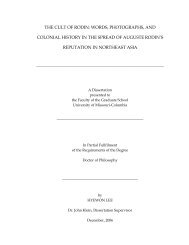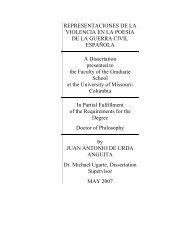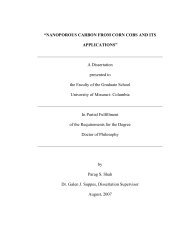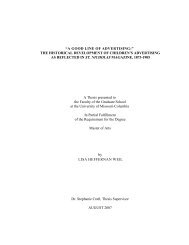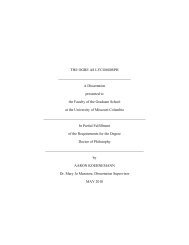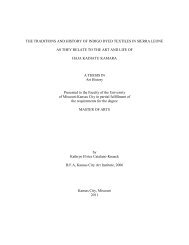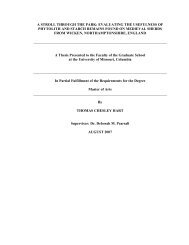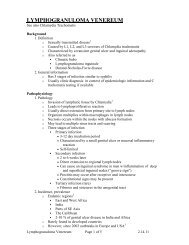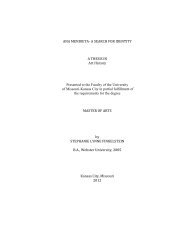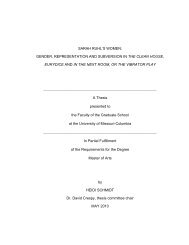Social Construction of Reality - Bad Request
Social Construction of Reality - Bad Request
Social Construction of Reality - Bad Request
Create successful ePaper yourself
Turn your PDF publications into a flip-book with our unique Google optimized e-Paper software.
Appendix F<br />
Electronic Survey<br />
• Place in new data collection sequence: 3<br />
• Survey delivered via email to all stakeholders<br />
• Designed, supported, and delivered via Survey Monkey<br />
• Projected length to complete: 15 minutes<br />
• Open-ended questions<br />
1. During the interviews, the single word every participant said was “effective.” Most<br />
participants believed the chief purpose <strong>of</strong> program evaluation was to determine whether<br />
the program being studied was “effective.” How would you define “effective?”<br />
(Objectivation)<br />
2. Stakeholder voice and/or input was viewed by participants as the second most significant<br />
factor in program evaluation. Participants identified the need to “bring stakeholders to the<br />
table.” However, the ESOL pilot evaluation surfaced problems (both ideological and<br />
logistical) associated with convening large groups <strong>of</strong> stakeholders around a table on a<br />
regular basis over the course <strong>of</strong> an evaluation. What recommendation(s) do you have for<br />
balancing the need for stakeholder input against the problems associated with the routine<br />
scheduling and use <strong>of</strong> large, lengthy meetings? (Objectivation)<br />
3. Interview transcripts reflect that each member <strong>of</strong> the Cabinet believes the benefits <strong>of</strong><br />
program evaluation include any dollar savings, increased efficiencies or additional<br />
revenue generated. However, participants also made it very clear that it is also important<br />
to take into account qualitative benefits that relate directly to The School District’s<br />
vision, mission, goals—particularly when such benefits are tied directly to students. This<br />
sentiment held true among most participants, despite the fact that <strong>of</strong>ten the “cost per unit”<br />
for these qualitative benefits is higher. To what extent should program evaluations be<br />
designed to investigate and put a valuation on a program’s qualitative benefits?<br />
4. Evaluation capacity building has been defined as the “intentional work to continuously<br />
create and sustain overall organizational processes that make quality evaluation and its<br />
use routine.” Should “evaluation capacity building” be an <strong>of</strong>ficial part <strong>of</strong> the program<br />
evaluation process? Why or why not?<br />
5. The ESOL program evaluation originally did not take into account the phenomena known<br />
as “evaluation anxiety.” What process(es) or activities do you recommend to lessen<br />
anxiety on the part <strong>of</strong> the program manager whose program is about to be evaluated?”<br />
6. Please list, in order <strong>of</strong> priority from your perspective, a few examples <strong>of</strong> district<br />
PROGRAMS you believe should be evaluated within the next 24 months.<br />
7. Please list, in order <strong>of</strong> priority from your perspective, a few examples <strong>of</strong> district<br />
SERVICES that you believe should be evaluated within the next 24 months.<br />
121



